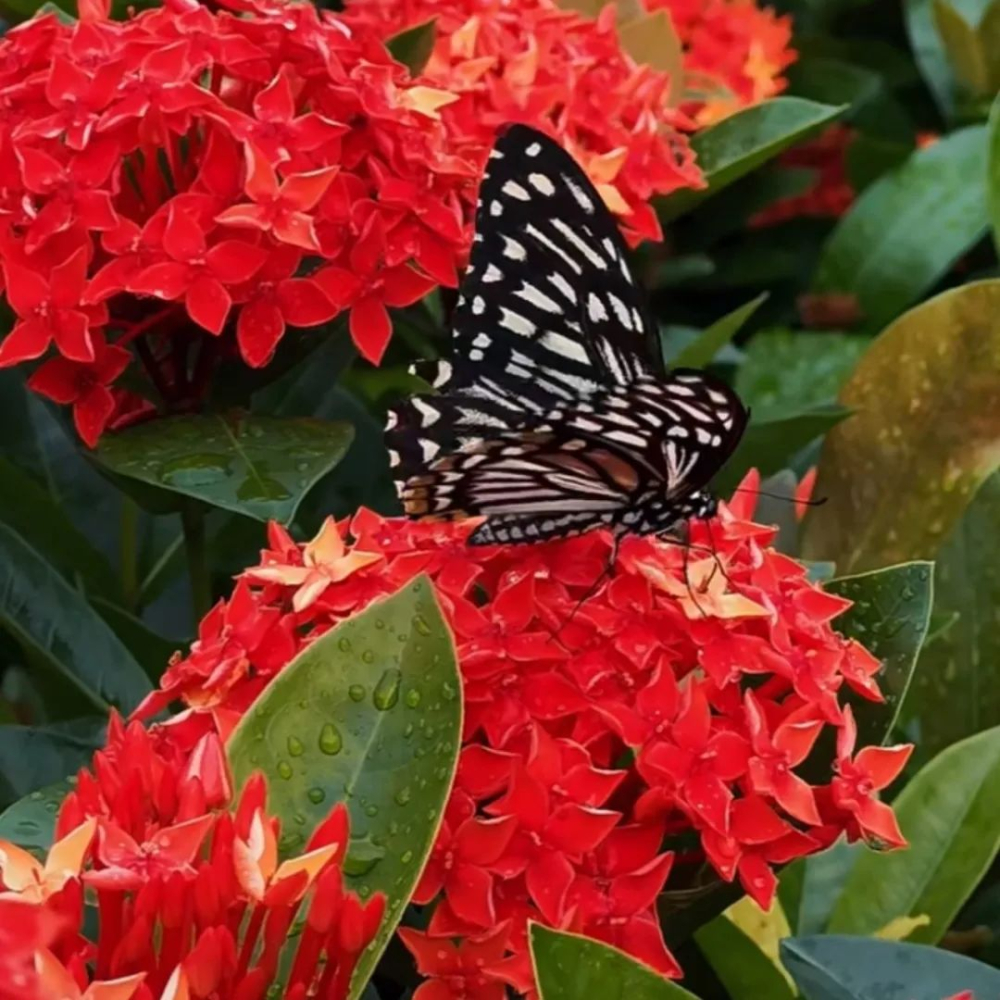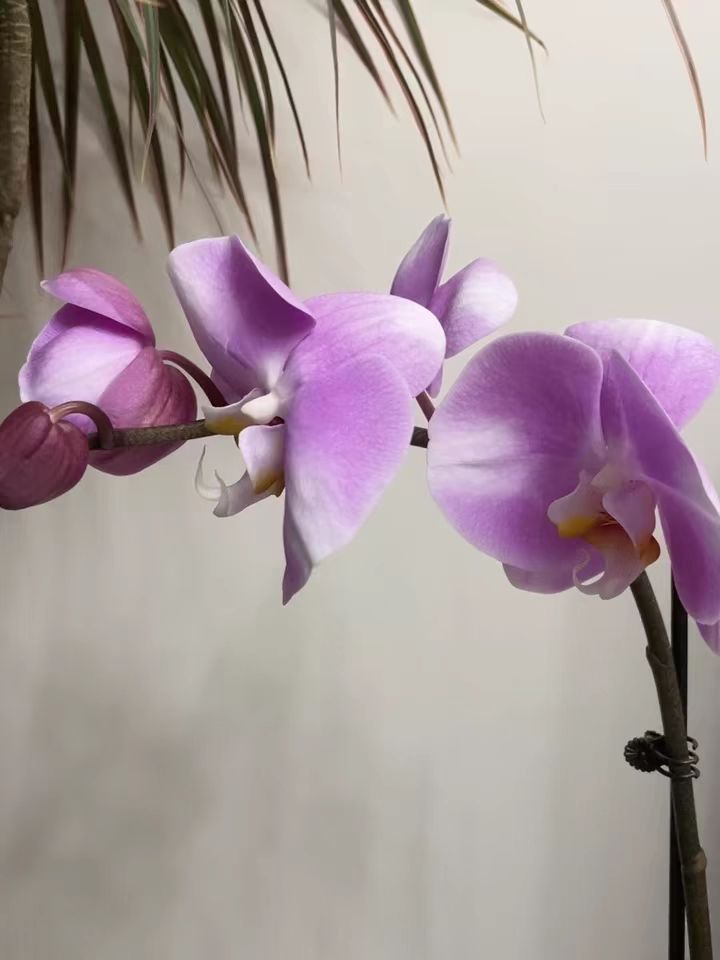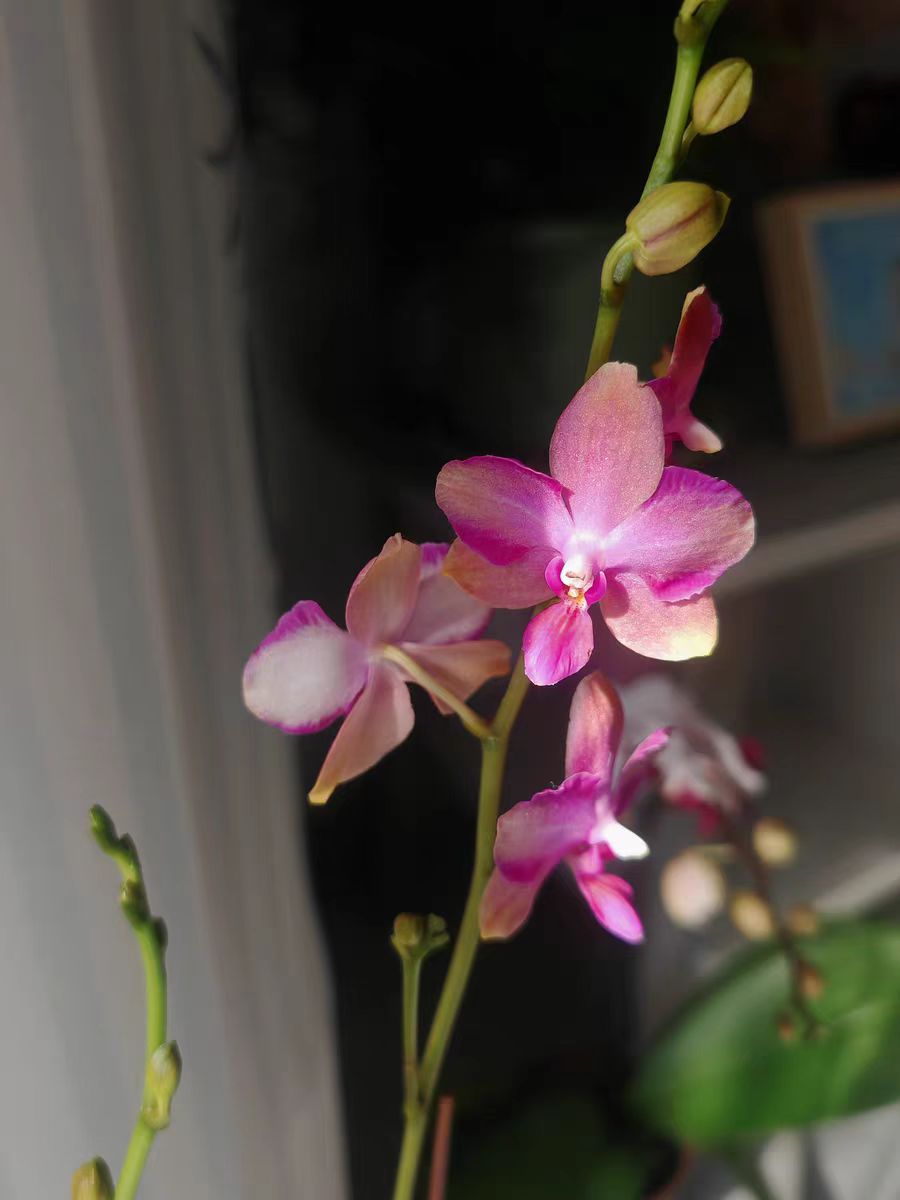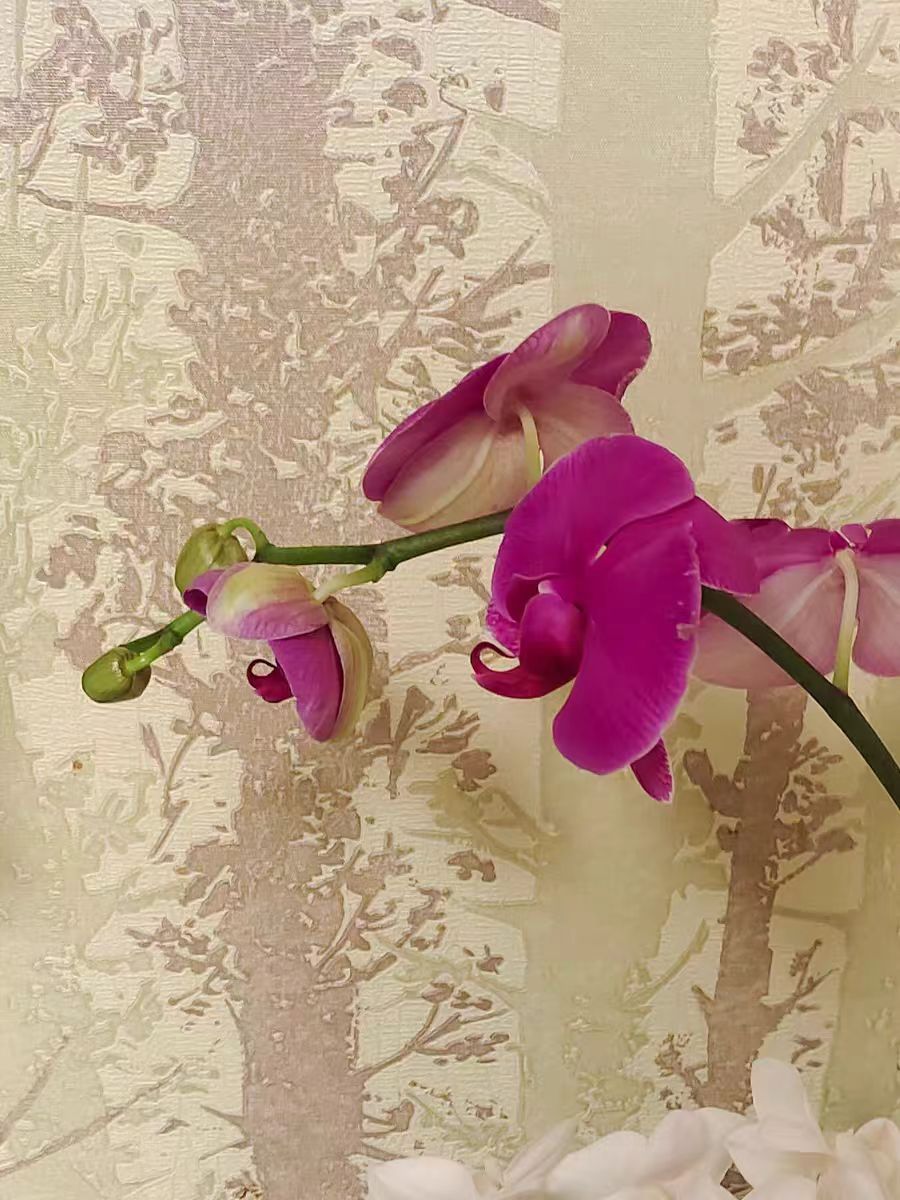Ixora chinensis is a shrub plant of the Ixora genus in the Rubiaceae family. It has a compact plant shape and luxuriant branches and leaves. The flowers are usually clustered on the branches, with rich colors including red, orange, yellow, white, etc. The flower shape is small and exquisite, similar to hydrangeas, and is very endearing.
If you want Ixora chinensis to bloom profusely, the following maintenance points are crucial.
Firstly, light is one of the key factors. Ixora chinensis prefers sufficient sunlight and should be placed in a sunny position, receiving at least 6 hours or more of sunlight every day. However, during the high-temperature summer, moderate shading is necessary to prevent strong light from burning the leaves and flowers.
Secondly, the control of temperature cannot be ignored. Ixora chinensis is suitable for growing in a warm environment, and the most suitable growth temperature is between 23 - 32 degrees Celsius. In winter, attention should be paid to keeping warm to avoid the plants from being frozen due to too low temperature.
Furthermore, reasonable watering is an important link to ensure the good growth of Ixora chinensis. Ixora chinensis likes a humid environment but avoids water accumulation. During the growing season, the soil should be kept moist. In summer when the temperature is high, the frequency of watering needs to be increased, and water should be sprayed around the plants to increase the air humidity.
In terms of fertilization, Ixora chinensis grows rapidly and has a long flowering period, so it requires sufficient nutrient supply. During the growth period, apply a thin compound fertilizer every 15 - 20 days. Before the flowering period, apply phosphorus and potassium fertilizers to promote flower bud differentiation and blooming.
During the process of maintaining Ixora chinensis, the following points need to be noted.
Pruning is an important means to maintain the plant shape and promote flowering. Dead branches, diseased branches, and overly dense branches should be pruned regularly to maintain the ventilation and light transmission of the plants. After the flowering period ends, the remaining flowers should be cut off in time to reduce nutrient consumption.
Pest and disease control is also a non-negligible link. Common pests and diseases of Ixora chinensis include leaf spot disease, anthrax disease, scale insects, etc. Fungicides and insecticides should be sprayed regularly to prevent pests and diseases. Once pests and diseases are detected, measures should be taken immediately for treatment.
In addition, the selection of soil will also affect the growth of Ixora chinensis. Loose, fertile, and well-drained acidic soil should be selected. Decayed leaf soil, peat soil, perlite, etc. can be mixed and prepared.
How to take care of Ixora chinensis in order to make it bloom?

Share with
Tagged in :




Leave a Reply